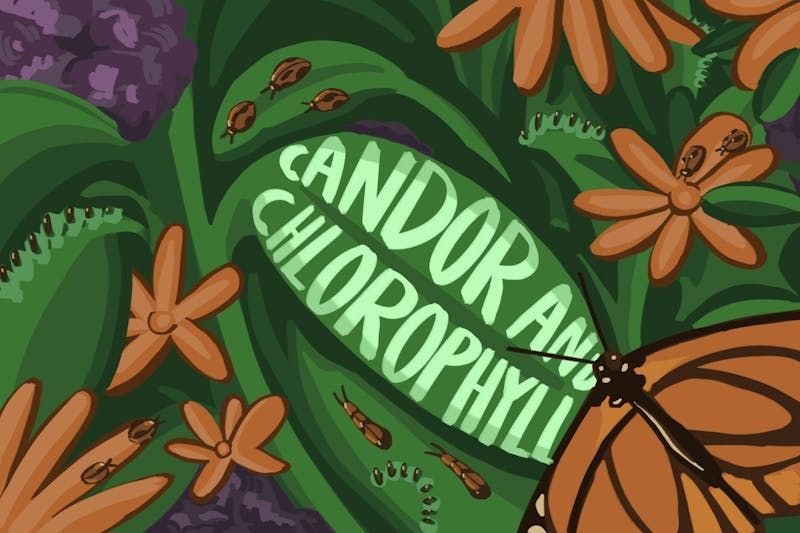Evolutionary ecologist studying species interactions, plant chemistry, community ecology, and comparative biology. Author of Monarchs & Milkweed and Professor at Cornell University. Proud parent and friend.
Anurag Agrawal is an American professor of ecology, evolutionary biology, and entomology who has written over a 150 peer-reviewed articles, which earned him an h-index of 92. He is the author of a popular science book, Monarchs and Milkweeds from Princeton University Press, and is currently the James Alfred Perkins Professor of Environmental Studies at Cornell University. .. more

Reposted by Anurag A. Agrawal, Ian Butler

@sussexwildlife.bsky.social
#fungi
#mycology
#UKwildlife


monarchs.printful.me
#NoKings #butterfly #peace #naturalhistory #plantinsect
Reposted by Anurag A. Agrawal

Learn more in our UK Harvestmen webinar on 5 Feb 2026:
🔗 www.eventbrite.co.uk/e/1720584467...
@britishspiders.bsky.social @megabunus.bsky.social
Reposted by Anurag A. Agrawal


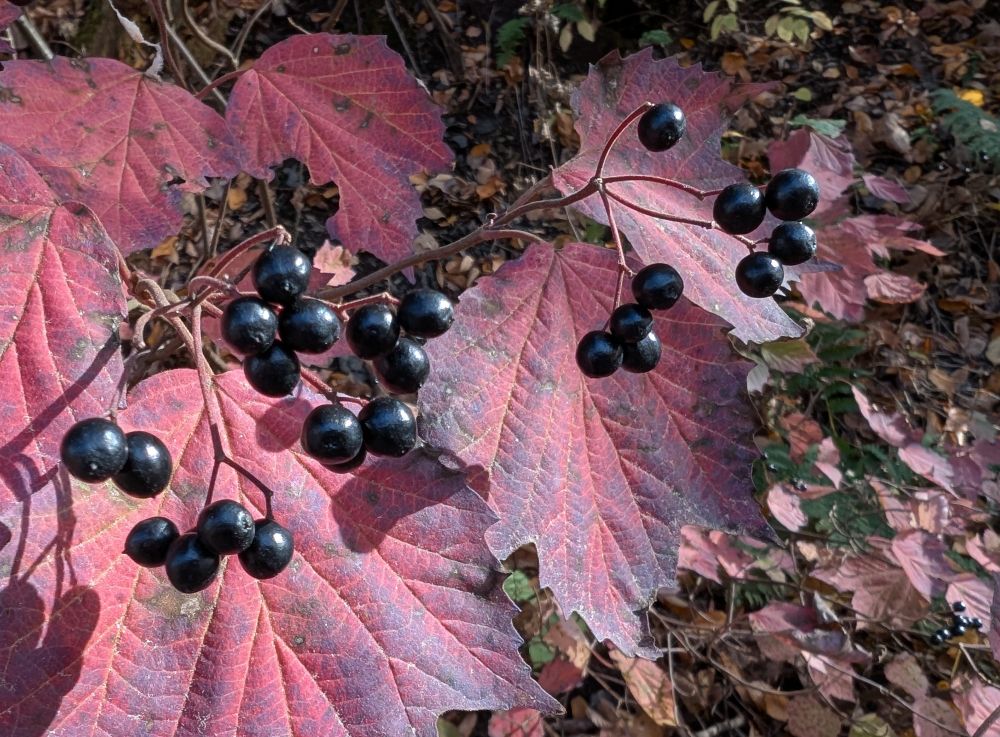

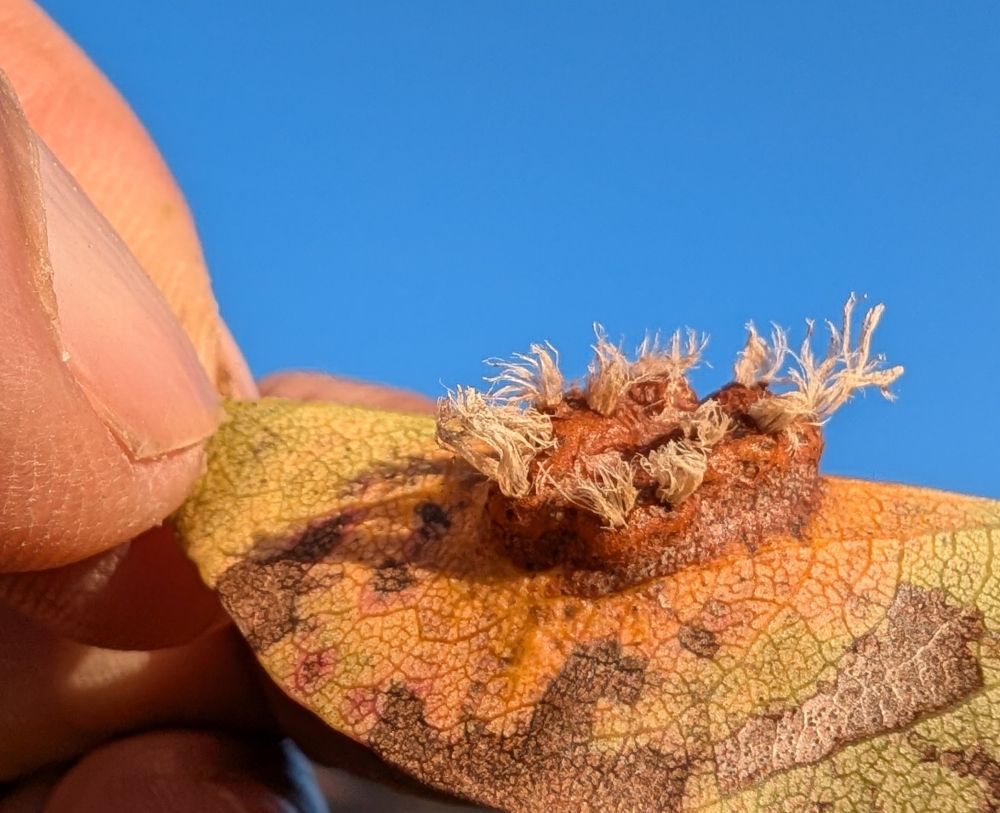
Reposted by Julia Koricheva, Zen Faulkes

www.sciencemagazinedigital.org/sciencemagaz...
Reposted by Anurag A. Agrawal

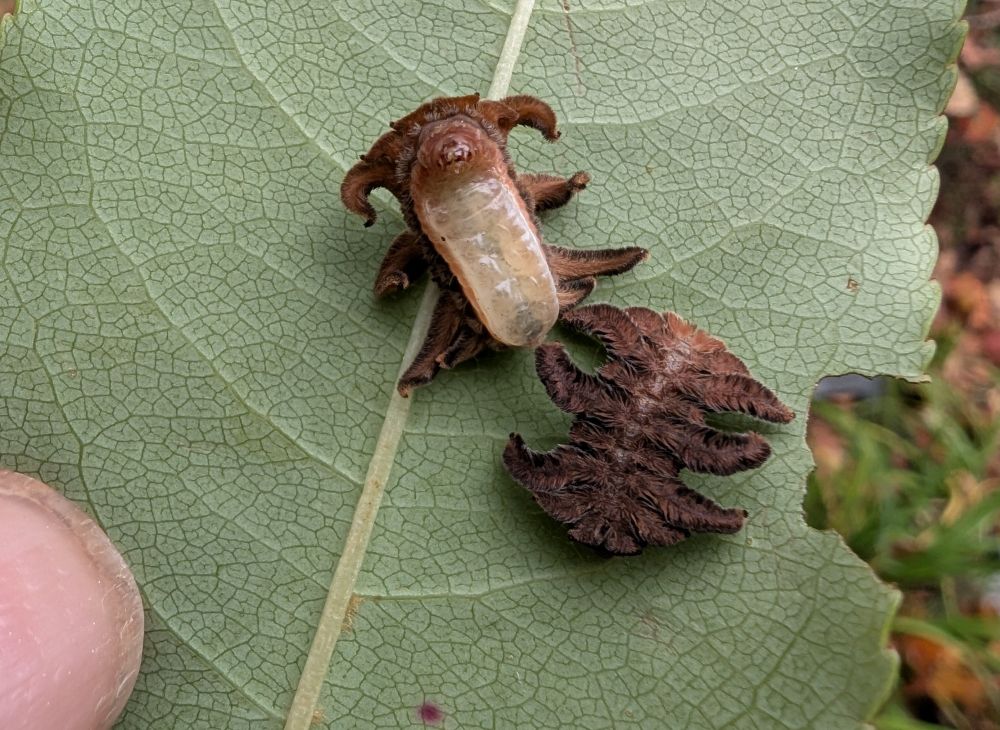
Courtesy of Sam Jaffe and the amazing #caterpillar lab in New Hampshire!
www.thecaterpillarlab.org








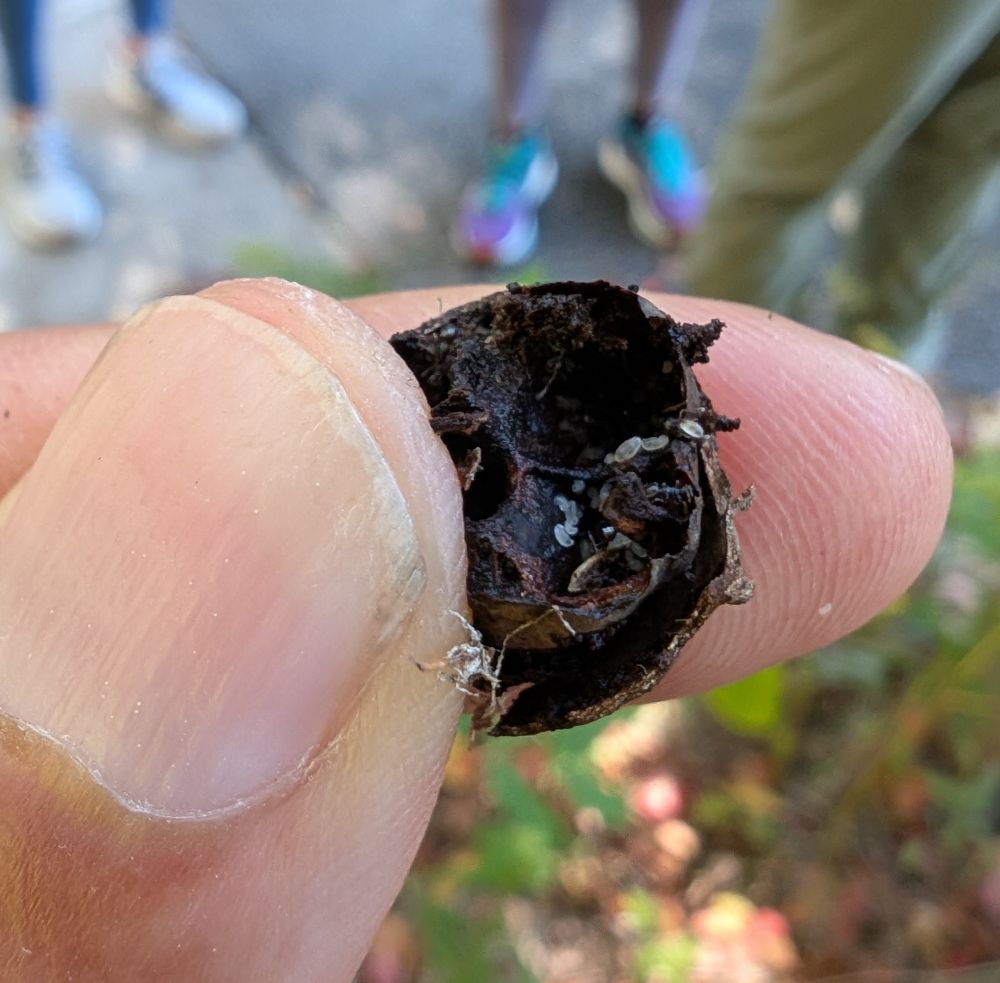






Cakile edentula, a sand loving semi-succulent #Brassicaceae. I knew this plant from the west coast; here on the shores of lake Ontario. Fruits have two-parts, one that breaks off and floats for water dispersal. immature silliques are edible, like radish pods



